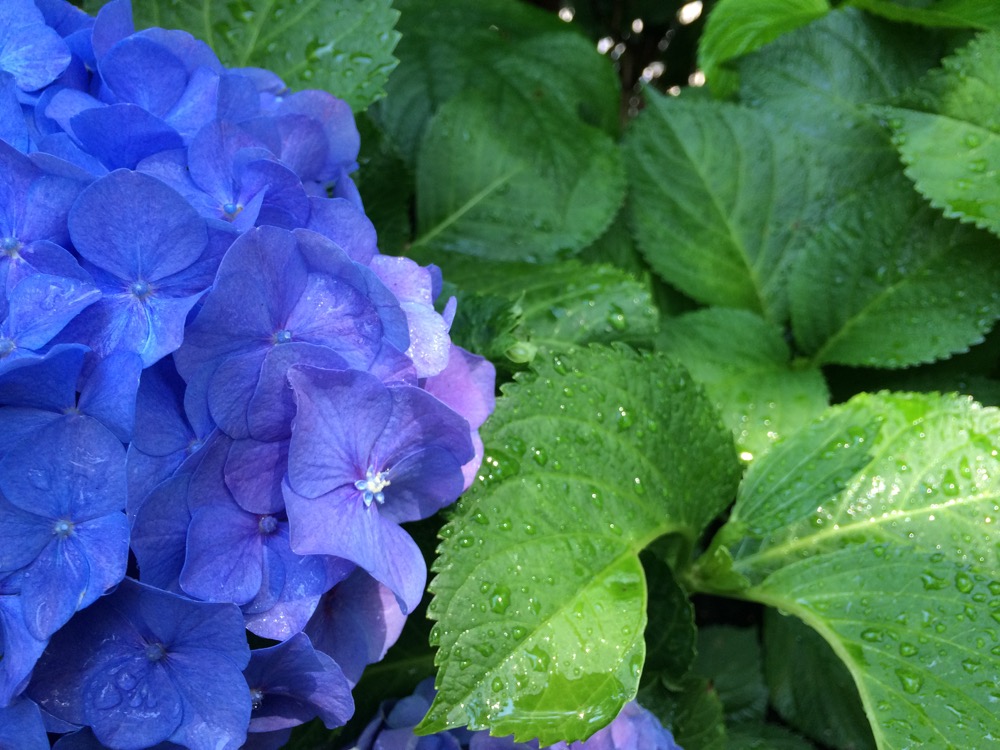The Most Common Question in Gardening: How Often Should I Water My Plants?
Even a gardening novice knows that watering is the most important aspect of garden care. Plants need water for healthy growth and to produce more flowers and fruits. Plants are made mostly of water. It is the medium through which a plant’s internal system functions. But here’s the catch: over-watering can be highly damaging to the plants.
While it’s true that plants need water, what is also true is that overwatering is not the answer. In fact, overwatering can lead to the rotting of the roots, which can kill a plant much faster than a drought. So, it is important to get it right.



Guidelines on How to Water Your Plants
Check the Soil
One of the most foolproof ways in which you can find out if a plant needs to be watered is to check the soil. Get in there, dig the dirt and feel it. If the soil is damp and moist, then you don’t need to water. If, instead, the soil feels dry and crumbly, then yes, it’s time to water the plant. If you are keen on having a more elaborate system put in place to check soil moisture, consider an automatic irrigation system. You can have one installed with a moisture detector which will ensure that the plants get just enough (no more or no less) water to help them thrive. Soil type also affects water absorption. Clay tends to spread the water more and also retains moisture for longer time periods. Sand is quite the opposite. While water seeps in more easily, it also tends to dry up faster. Knowing the soil type will help you decide on the best parameters for your drip irrigation system or to plan a watering schedule for your plants.Water at The Right Time
When you water your plants also influences how the plants absorb the water. The best time to water the plant is early in the morning. This gives the plants enough time to absorb the water and get ready to convert that into energy when the sun gets hotter. If early mornings are not possible, then the next best time is late in the evening when the sun has gone down and the air is cool. The worst time to water your plants is during the hot afternoons. The Australian summer heat can be punishing and watering your plants under the hot noon sun will just lead to a lot of evaporation. So, be smart and use the water responsibly.Keep the Leaves Dry
When watering your plants, make sure you aim the hose at the base of the plant. Water the soil, not the leaves. Moist leaves are susceptible to diseases and rot. So, avoid getting the leaves wet when you water the plants. Proper garden maintenance can keep affected trees alive for several years; that care includes soil boosters, weed smart solution and plant well being.Go Deep
Aim to get the water deep into the soil. Doing this will not only help by limiting the amount of water wasted through evaporation, but, it also helps the plant grow stronger. When the water seeps in deep, the roots of the plants are forced to go deep to get to the water. And the stronger and deeper the root, the better the quality and growth rate of the plant. Light watering that only dampens the surface of the soil can force the roots to reach upwards, towards the surface. This is not good as the roots are then shallow, making it very easy for the plant to be uprooted. Shallow roots are also vulnerable to rotting in times of heavy rains. So, deep watering is the way to go.Know Your Plants
No amount of research on watering methods can help you if you don’t know your plants. The best way to learn about your plants is to observe them and learn their watering needs, the same way you would with pruning hedges or plants. Through trial and error, you will gradually get to know what each plant needs. While some plants, like Calendula, are easy to read, some others like Impatiens are a little more complicated. When a Calendula plant needs water, its leaves start to wilt and lose colour. And when they are watered and in good health, the leaves are nice and firm, with a healthy colour. This makes it very easy to know when to water your plants. Now compare this to the Impatiens, which can look wilted during hot summer months, even when they are well watered. It’s all about learning hands on. No book can teach you about each plant’s exact needs. You need to get your hands dirty; dig the soil and look, feel and smell it to know more about it. Observe the plants after watering, keep a track of your watering patterns and how it affects each plant. By doing this, you will slowly but surely start to know all the little nuances of each plant, the things that make them tick. For more information on some Australian flowers, check out our blog post: A look at Australian Flowers.
